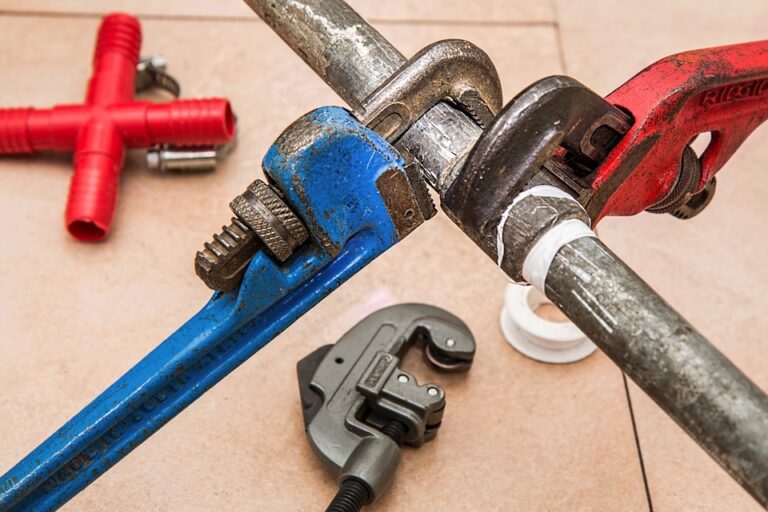You may find that there is no sump pump in the basement or crawlspace of your Edmonton home. It may be easy to assume that your home does not need one if there isn’t already one there. However, before you nix the idea of having one installed, consider what a sump pump does and factors about your home that may indicate that having one is a good idea.
What is a sump pump?
A sump pump is a type of pump that removes water from the sump basin of your basement or crawlspace. The sump basin, also known as a sump pit, is a hole with a gravel base dug into the lowest part of your basement or crawlspace.
When water enters your basement from the perimeter drains of your home’s waterproofing system, it collects in the sump basin. Once it is high enough, the water activates a sensor on the sump pump which then turns on and moves the water away from your home through pipes to a municipal storm drain or dry well.
The purpose of a sump pump is to prevent flooding in the lowest level of your home.
Do I need a sump pump?
There are definitely some factors you should consider if your home doesn’t already have an existing sump pump, such as:
- Has your basement flooded in the past? If so, then you will definitely want a sump pump to avoid this issue in the future.
- Does your house exist on a flat or low-lying area? If there is no slope around your home for your water to run down, it will seep in through the ground and potentially into your basement. Houses on hills, however, have less flood risk since the water can flow away from the foundation.
- Does your area experience a large quantity of rain or snow? Large amounts of precipitation means more water potentially pooling around your foundation. Without a system to pump it away, it will accumulate in your basement.
- Do you have a finished basement? You may want to protect the condition of your finished basement by installing a sump pump. This will ensure there is no water damage or mold growth in this area of your home.
- If there is an existing sump pump, is it older than 10 years old? The average life span of a sump pump is 10 years, so if yours is older than that you may want to consider replacing it before it stops working completely. Without a functioning sump pump, there is nothing moving water away from your home.
Types of Sump Pumps
There are 3 basic types of sump pumps:
- Primary Sump Pump
A primary sump pump is a standard submersible (goes under the water) or pedestal (above the water) pump that runs on your home’s hydro. If the power goes out, this sump pump will not work – unless you have a backup generator, or a battery backup sump pump. - Battery Backup Sump Pump
This style of sump pump is not used as a primary pump but is simply installed as a backup in case the power goes out or if the primary sump pump stops working. - Combination Sump Pump
Why not have the best of both worlds with a combination sump pump that runs on your hydro and features a battery backup system? That way, one pump can do the job whether or not you have power. The only thing to consider with a combination sump pump is that if it fails, there’s no backup.
Ready to install a sump pump in your Edmonton home? Contact us today for more information!

